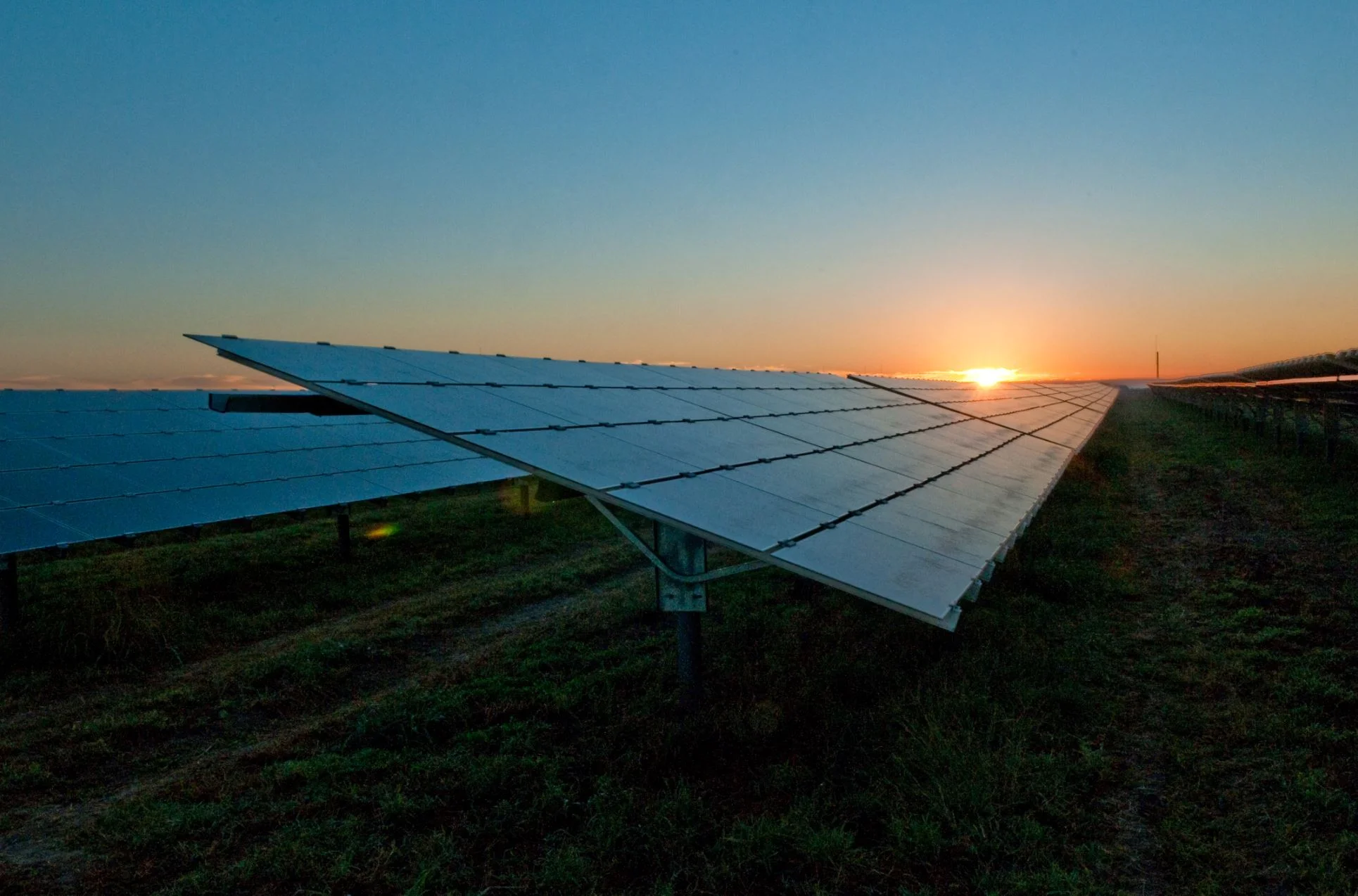Starting about 7,000 years ago, and extending over the next two millennia, recent studies suggest, the genetic diversity of men—specifically, the diversity of their Y chromosomes—collapsed. The collapse was so extreme it was as if there were only one man left to mate for every 17 women.
Is your dog happy? Ten common misconceptions about dog behaviour
Breathtaking: Sharpest image ever of the Tarantula Nebula and its rich surroundings
Glowing brightly about 160 000 light-years away, the Tarantula Nebula is the most spectacular feature of the Large Magellanic Cloud, a satellite galaxy to our Milky Way. The VLT Survey Telescope at ESO’s Paranal Observatory in Chile has imaged this region and its rich surroundings in exquisite detail. It reveals a cosmic landscape of star clusters, glowing gas clouds and the scattered remains of supernova explosions. This is the sharpest image ever of this entire field.
Health Check: three reasons why sleep is important for your health
Pluto is what you get when a billion comets smash together
Pluto has been the focus of a lot of attention for more than a decade now. This began shortly after the discovery of Eris in the Kuiper Belt, one of many Kuiper Belt Objects (KBOs) that led to the “Great Planetary Debate” and the 2006 IAU Resolution. Interest in Pluto also increased considerably thanks to the New Horizons mission, which conducted the first flyby of this “dwarf planet” in July of 2015.
NASA Selects Mission to Study Solar Wind Boundary of Outer Solar System
Dawn Mission: New Orbit, New Opportunities
Astronomers Spot a Distant and Lonely Neutron Star
NASA Dives Deep into the Search for Life
Millions of People Need New Corneas. Now We Can 3D Print Them
Explainer: how much sleep do we need?
Why do humans have such large brains? Our study suggests ecology was the driving force
Most animals have brains in proportion to their body size – species with larger bodies often have larger brains. But the human brain is almost six times bigger than expected for our bodies. This is puzzling, as the brain is very costly – burning 20% of the body’s energy while accounting for only 4% of its mass.
Bendable concrete, with a design inspired by seashells, can make US infrastructure safer and more durable
Spring construction season is underway, and many tons of concrete will be used in the coming months. Unfortunately, concrete is a brittle material: Placed under stress, it cannot bend very far before it fractures. Some pavements that are being poured now will crack within a few years and require expensive repairs. New concrete will be mixed, and the cycle will start again
How we discovered 840 minor planets beyond Neptune – and what they can tell us
Our solar system is a tiny but wonderfully familiar corner of the vast, dark universe – we have even been able to land spacecraft on our celestial neighbours. Yet its outer reaches are still remarkably unmapped. Now we have discovered 840 small worlds in the distant and hard-to-explore region beyond Neptune. This is the largest set of discoveries ever made, increasing the number of distant objects with well known paths around the sun by 50%.
Standard Model of particle physics: The absolutely amazing theory of almost everything
As more solar and wind come onto the grid, prices go down but new questions come up
Wind and solar energy are growing rapidly in the U.S. As these energy sources become a bigger part of the electricity mix, their growth raises new questions: How do solar and wind influence energy prices? And since power plants last for decades, what should policymakers and investors think about to ensure that investments in power infrastructure pay off in the future?
















